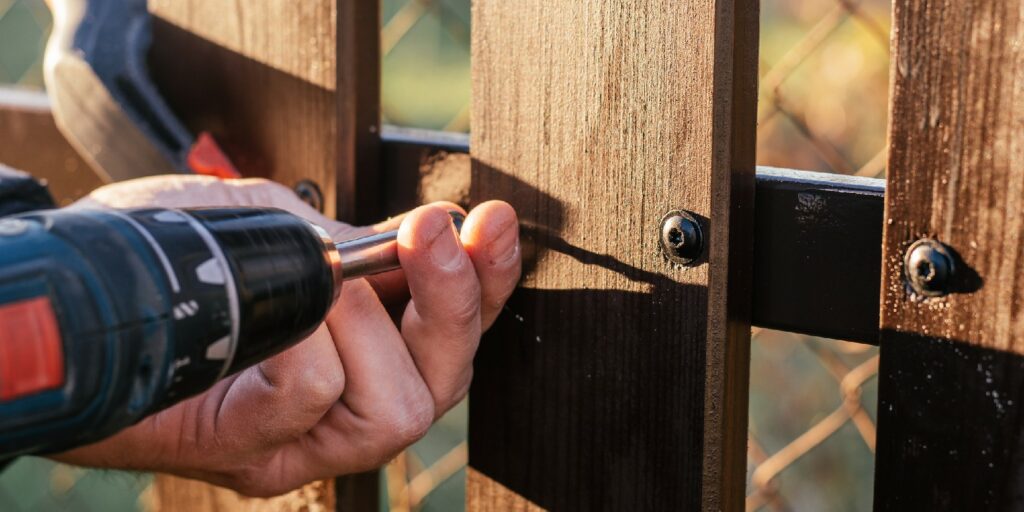Can a Power Screwdriver Be Used as a Drill?

A power screwdriver is a handy tool to have around the house, but many people are unsure if it can also serve as a drill. These tools have shared functions and require similar power sources. The good news is that it is possible to use a power screwdriver as a drill. In this article, we’ll discuss safe and efficient drilling and the benefits and drawbacks of using a power screwdriver as a drill. We’ll also discuss what types of tasks the two tools are useful for and which are best for specific projects. If you’re wondering if a power screwdriver can serve as a drill, keep reading to find out.
Background Information on Power Screwdrivers
Power screwdrivers run on electricity, batteries, compressed air, or a combination of these sources. These tools use interchangeable bits to drive screws and other fasteners into various materials. Power screwdrivers tend to be lighter and more portable than drills and are useful for smaller jobs such as furniture assembly or simple home improvement projects.
Types of Power Screwdrivers
Power screwdrivers come in several sizes, torque levels, styles, and power sources. At the most basic level, there are corded and cordless power screwdrivers. Corded models run on an AC outlet and are lower-powered with limited portability. Cordless models run on rechargeable batteries or compressed air and provide a greater range of torque, higher maximum speeds, and portability. Other types of power screwdrivers include right-angle drivers, angled drivers, and multi-head models that allow for the use of several different attachments simultaneously.
Basic Functionality
Power screwdrivers can drive screws into a variety of materials quickly and efficiently. They function with a trigger that initiates the rotation and a selector switch on the handle to select the speed and torque settings. The chuck holds the bit securely while the motor provides the torque needed to rotate the bit and drive the screw. You can adjust the speed of the motor according to the type of material, with higher speeds for softer materials such as wood or plastic and lower speeds for firm materials like metal or concrete.
Using Your Power Screwdriver as a Drill
Power screwdrivers are generally not powerful enough to be used as traditional drills for drilling holes in sturdy materials such as metal or masonry. They can be handy for lighter-duty jobs such as drilling pilot holes in wood and other soft materials. A power screwdriver can serve as a drill for certain projects, but it is critical to remember that it is not suitable for heavy-duty drilling tasks such as metalworking or concrete work. For those types of jobs, choose an electric drill or even an air drill due to their increased power and torque output.
Benefits of Power Screwdrivers
Power screwdrivers provide many advantages compared to manual tools, including increased speed, accuracy, convenience, portability, and cost-effectiveness. With proper care and maintenance, these tools will last for years. Power screwdrivers provide an ideal solution when you need precision drilling or when working in confined spaces.
As you can see, a power screwdriver can serve as a drill for certain types of tasks. The key to success is using the right tool for the job and finding proper bit attachments for successful drilling. Power screwdrivers can be a useful addition to your toolbox and serve a variety of purposes. With their portability and ease of use, they are an ideal choice for home improvement projects, such as furniture assembly, overhead lighting installation, or even light-duty drilling tasks. So the next time you reach for your drill, consider reaching for your power screwdriver instead.
